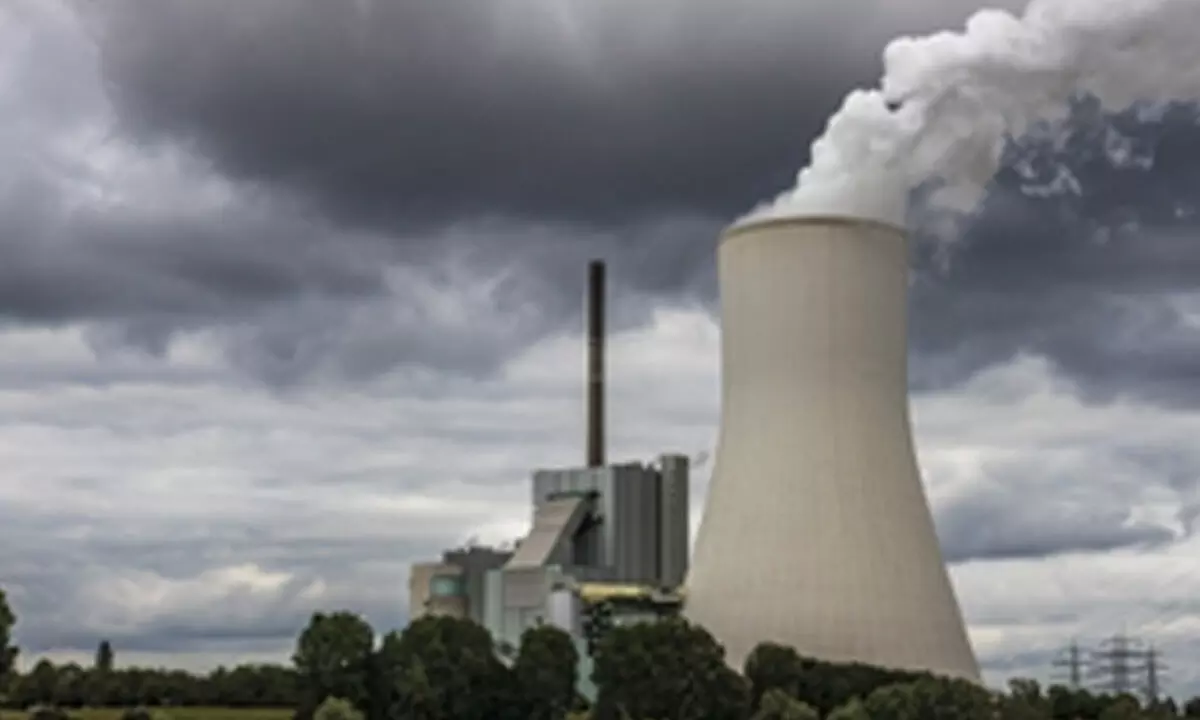Live
- Manikanta Gautam awarded honorary doctorate
- Shehzad Poonawala calls Arvind Kejriwal 'Pablo Escobar' who runs gang from jail
- Mehbooba Mufti tells voters she believes in uniting, not dividing people
- Elnaaz Norouzi opens up on playing dual roles in 'Ranneeti: Balakot and Beyond'
- Father of youth who died during weight loss surgery urges TN Health Minister to speed up probe
- RSP leader writes to Calcutta HC Chief Justice seeking action against Abhishek Banerjee for 'anti-judiciary' remarks
- BJP, Akali Dal, Congress leaders join AAP in Punjab
- BJP fields 26/11 counsel Ujjwal Nikam from Mumbai North Central; drops Poonam Mahajan
- All to play for in Bhopal as Olympic Selection Trials 1&2 conclude
- S. Korea medical crisis: New head of doctors' association vows war








